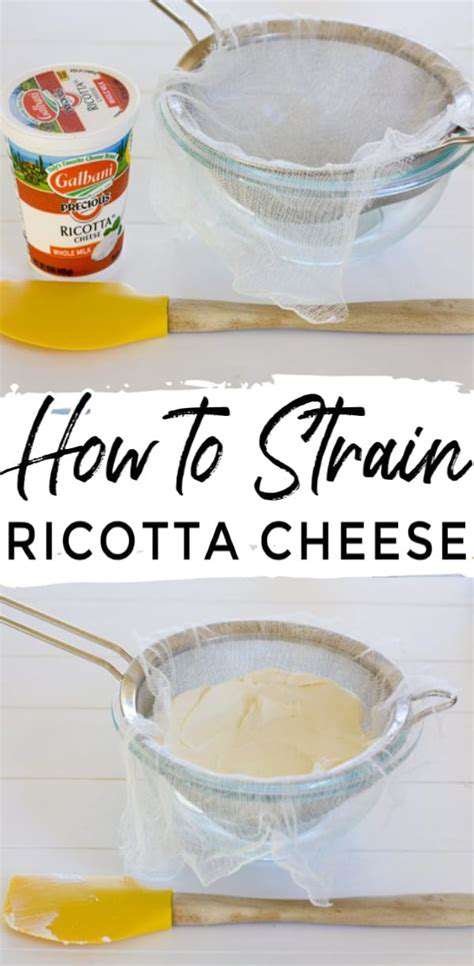Homemade Ricotta Cheese: Creamy and Fresh
The Milk Magic
Nothing compares to the satisfaction of crafting your own ricotta from scratch. Choosing the right milk makes all the difference. For a luxuriously creamy texture, opt for fresh, whole milk—low-fat versions simply won’t deliver the same richness. If you’re looking for inspiration on pairing your ricotta with other wholesome ingredients, check out these low-sugar meal ideas that complement its delicate flavor.
While raw milk enthusiasts exist, pasteurized milk offers a safer alternative without sacrificing quality. Always verify the freshness by checking the expiration date—your taste buds will thank you later.
Heating and the Curdling Process
Patience is your greatest ally when heating the milk. A slow, steady heat transforms ordinary milk into something extraordinary. Rushing this step with high heat risks creating a rubbery texture, while insufficient warmth might leave you with disappointing results. The sweet spot? A medium-low flame that coaxes the milk gently toward perfection.
The moment you add lemon juice or vinegar, watch the alchemy unfold. These humble acids work like culinary wands, separating the milk into tender curds and translucent whey—the first magical step toward homemade cheese.
Separating the Curds and Whey
Here’s where your ricotta begins taking shape—literally. Draining the curds through cheesecloth isn’t just practical; it’s almost meditative. The whey that drains away isn’t waste—it’s liquid gold for bread-making or smoothies. For a denser ricotta, consider pressing the curds lightly, but don’t overdo it—you want clouds, not bricks.
Seasoning and Shaping the Ricotta
This is your moment to shine as a flavor artist. A whisper of sea salt enhances the ricotta’s natural sweetness, while herbs like basil or thyme add sophistication. Remember: gentle folding preserves the cheese’s airy texture. Shape it into quenelles for an elegant presentation, or keep it rustic—your creation, your rules.
Storing and Enjoying Your Homemade Ricotta
Slide your ricotta into an airtight container, and it will reward you with 3-5 days of peak freshness. But why wait? Fresh ricotta elevates everything from morning toast to midnight pasta. Its versatility is limited only by your imagination—try dolloping it on roasted vegetables or swirling it into pancake batter for a breakfast revelation.
Straining and Shaping the Ricotta

Preparing the Ricotta
Quality in equals quality out—this cheese-making axiom couldn’t be truer. Seek out ricotta with a cloud-like consistency, avoiding any that looks watery or grainy. For those interested in global cheese traditions, explore how Japanese street food incorporates fresh cheeses in unexpected ways.
The Straining Process
Time is your secret ingredient here. Overnight straining yields a spreadable consistency, while 24 hours creates a firmer texture perfect for slicing. For those in a hurry, a weighted plate accelerates drainage—just don’t sacrifice texture for speed. The whey that collects beneath? Save it for lacto-fermentation projects or protein-packed smoothies.
Shaping the Ricotta
This stage combines science and artistry. For stuffed pasta, aim for golf-ball-sized portions that melt luxuriously when cooked. Forming logs? Keep your hands lightly oiled to prevent sticking. If the ricotta feels too soft, a tablespoon of finely ground nuts can add structure without compromising flavor.
Adding Flavor and Texture
Transform your ricotta into a flavor canvas. A microplane zested lemon adds brightness, while toasted pine nuts contribute satisfying crunch. For a showstopping appetizer, layer herbed ricotta with roasted peppers in a terrine mold—the colors and flavors will dazzle your guests.
Storage and Preservation
For maximum freshness, line your storage container with parchment before adding ricotta. Freezing works best for ricotta destined for cooked dishes—thaw slowly in the fridge to minimize texture changes. Pro tip: Portion before freezing for easy use in future recipes.
- Zero Waste Kitchen: Creative Ways to Use Food Scraps
- Kitchen Hacks for Meal Prep: Save Time
- How to Choose the Freshest Seafood at Your Market
- Exploring Vietnamese Cuisine: Flavorful Soups and Noodles
- How to Store Sweet Peppers: Keep Them Fresh
- Exploring Middle Eastern Mezze: Hummus, Baba Ghanoush, and More
- Storing Root Vegetables: Keep Them Fresh Longer
- Low Sodium Dinner Recipes: Heart Healthy and Delicious
- Authentic Mexican Street Tacos: Carnitas Recipe
- Exploring Indian Street Food: Samosas and Chaat
- Understanding Different Types of Flour: Baking Science
- Storing Garlic in a Cool, Dry Place: Best Practices